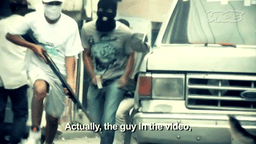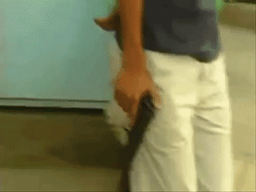Malandro
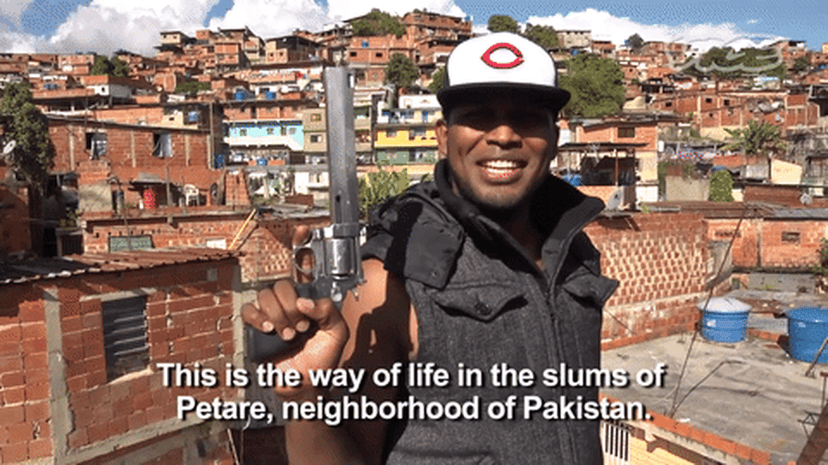
Malandro
Translation
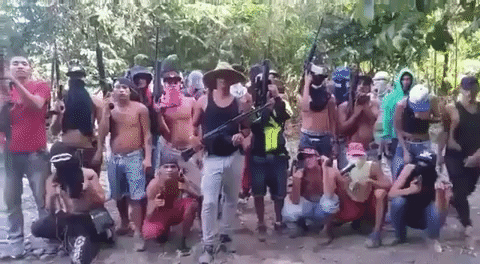
Group of Malandros at a remote, distinct, place.
The passive equivalent translation of the term Malandro is often associated with the American version of Thug. Yet, the translation is more of a Dynamic equivalence as the two lifestyles differ as one leans more toward the idea of Nihilism. [22]The Malandro term, due to its socio-cultural impact in violence (current data demonstrates an increased percentage of homicides at an all time high [28]), its translation may be more suited around a definition close to the idea of the Death drive. Therefore, "Quotidian terrorist", might be more suitable in the context of Venezuela and other parts of Latin America such as Brazil, where the term is used as a way to define violent banditry of democratic public spaces through sheer antagonism with origin in the Capitalistic dynamic triangulation of power, wealth, and social dominion. [24]
Definition
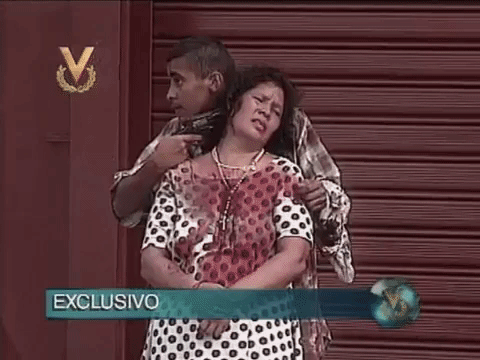
Malandro holds a woman captive and threatens to kill her before being shot in the head by police.
Malandro is defined as an aggregation of strategies utilized in order to gain advantage in a situation, these advantages often being illicit.
It is characterized by savoir faire and subtlety.
Its execution demands aptitude, charisma, cunning and whatever other characteristics (knacks) which help in the manipulation of people or institutions to obtain the best outcome in the easiest possible way.
History
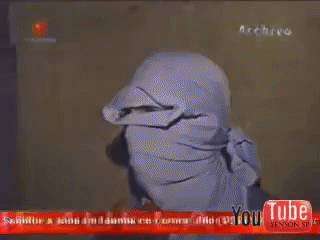
Malandros from the 90s era discuss why they have gotten involved in the world of crime, at what age they joined, and how many lives they have taken.
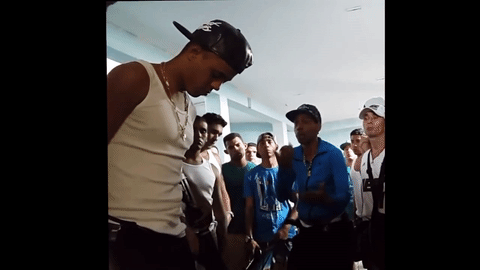
Malandros in the infamous prison PGV arguing amongst each other.
Throughout Latin America, but most predominantly in Venezuela, the Malandro has sprouted into an entity emblematic of national terror. [25]Analysis by scholars and Sociological studies found t he overall levels of violence in the country intensified after the military crackdown on rioters, looters, and a distraught population during the the 1989 uprising against IMF a usterity mandates . [23] This popular uprising was important to Venezuela’s self-consciousness as a society reaching a ‘state of emergency’ or ‘alarm’, and was the terminal point of a populist political fiction established in the mid-1930s and expressed in a supposed pact between the elites and the lower classes. Fernando Coronil writes of the uprising in his 1997 work The Magical State Nature, Money, and Modernity In Venezuela, stating t hat the 1989 uprising was: "the largest and most violently repressed revolt against austerity measures in Latin American history". [26] Elías Pino Iturrieta’s apt words about the 1989 event in Venezuela describe it as ‘a truer and
more dramatic country’.
The criminality in Venezuelan post IMF uprising surfaced in the embodiment of themalandro as if conjured from the dead.
Spirits, namely, on the expansion of common delinquency and on its parallel hege monic represent ation as one funda mental indicator of Venezuela's downfall for decades to come.
In the 1990s, the Malandro became a central figure in the María Lionza cult in Caracas, allowing the Malandrospirits to emerge and operate in an environment characterized by pervasive violence and the diffusion of social stigma on a massive scale. [23]
Malandro Cult
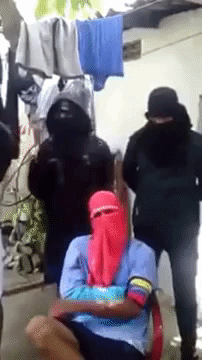
Malandros hiding their identity looking like Islamic terrorist threaten the life of Nicolás Maduro.
Anthropologist Francisco Ferrandíz spent months living with malandros and seeing their transformation after invoking spirits. He wrote:
The cult of María Lionza is a widely popular social phenomenon organized around the presence of mystical forces – fuerzas.
It is certain that most spiritists, who come from all social classes but mainly from shantytown dwellers, fully believe in the reality of these entities.
The cultural logic of the cult is based on the fact that spirits of dead people – colonial Indians, peasants, soldiers, prostitutes, national heroes, maroons, doctors, saints –can and do enter the bodies of people who are alive.
They use their limitedtime back on Earth to mediate among the living, counsel, heal, gain light, and thus expiate their sins and progress spiritually.
This therapeutic attribute of trance is crucial to understanding the predicament of the ghosts of malandros.
Mediums, in turn, lend their bodies to the spirits, at great risk, in order to gain spiritual force, social prestige and, often, money to make ends meet.
The Malandro embodies the antagonism in the Venezuelan historical archetypes and violently ruptures through the social fabric.

